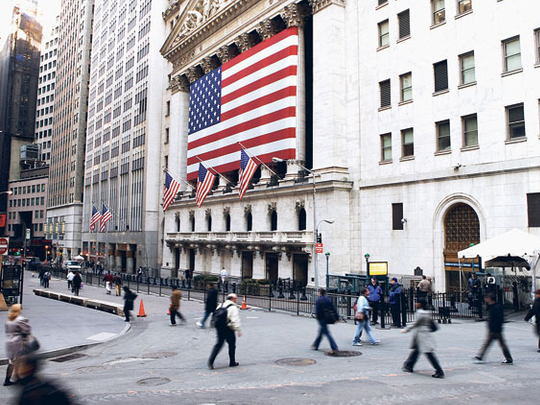
So to the obvious: those that buy assets after the Great Crash of 2008-09, should be better off than those that bought beforehand. Or, if you bought before and after, your "after" results are better than the "before" results. So how good an opportunity is today's prices?
One way of looking at it, is to compare recent pricing patterns against three other serious recent bear market crashes. We do this below with the help of RMB Asset Management's research division in London.
The "Big Four" are: the Great Depression (1929-1932), the 70s oil crisis (1973-1974), the technology bust of 2000 to 2002 and lastly the current bear market originally dubbed the subprime crisis.
Phenomenon
During each of these bear markets there were periods during which stock market prices increased by between 10 per cent and 20 per cent a phenomenon typically known as a bear market rally.
The MSCI World Index has declined by more than 57 per cent from its high on October 31, 2007, to the most recent low on March 9, 2009, (as at the end of 2009). During this time there have been four recoveries that exceeded ten per cent, and a couple even exceeding 20 per cent.
Even though the last three rallies exceeded 20 per cent and therefore look more like a recovery than a typical bear market rally, the same recovery measured in index points would have been 10 per cent to 20 per cent if it took place around a year ago.
The question that many investors are contemplating at the moment is whether the most recent recovery constitutes just another bear market rally, or whether it is the return of a longer term bull market. How will we know?
According to RMB, to support a proper bull market rally we would need to observe positive signs in the following seven areas: economic growth, earnings growth, credit extension, investor sentiment, asset valuations, government policy, actual and market recovery
The first three: Economic and earnings growth, and credit extension have certainly not recovered or even stabilised to long- term average levels. Most western economies are still hampered by increasing unemployment, a housing market not at its bottom, increased savings levels and decreased consumer spending. The US earnings season will certainly provide some indication as to how far earnings have declined and whether some kind of recovery is on the horizon. Meantime, credit expansion is still restricted.
Nevertheless, investor sentiment seems to be positive. But just. At least it is turning the corner after continuously declining throughout most of the last two years.
More attractive
According to RMB, "Asset valuations are looking a lot more attractive now than at the beginning of 2009 with analysts classifying a wider range of assets as cheap than has been the case for a long time. The jury is out on the success of the global fiscal policy stimuli, in spite of the magnitude of the most recent rally equity markets are still some way below its 200 day moving average.."
So with three of the areas (economy, earnings and credit) still negative, one stabilising (investor sentiment) and the rest approaching positive territory it's slightly early to label the most recent recovery as the return of the bulls.
New economic and company data released during April and May will certainly provide some more clarity on the matters above. This, according to RMB, "is not to say that the current rally will be short-lived. Even if it is a bear market rally it could continue for some time, as was the case from September 2001 to March 2002 during the bear market that followed the tech bubble."
Risk
What does all of this mean to an investor wondering whether an allocation to equities is indeed worth all this volatility or risk?
If the ultimate aim is to maximise returns on a risk adjusted basis, the (albeit rationalised) approach is: be more aggressive when risk levels are lower and more conservative when volatility is higher.
And finally, in the words of Stefan Jordan at RMB: "will the last bear that leaves the building please switch off the lights — the bulls are quickest out of the blocks when the market is at its darkest".
The writer is chairman of Mondial Financial Partners International












